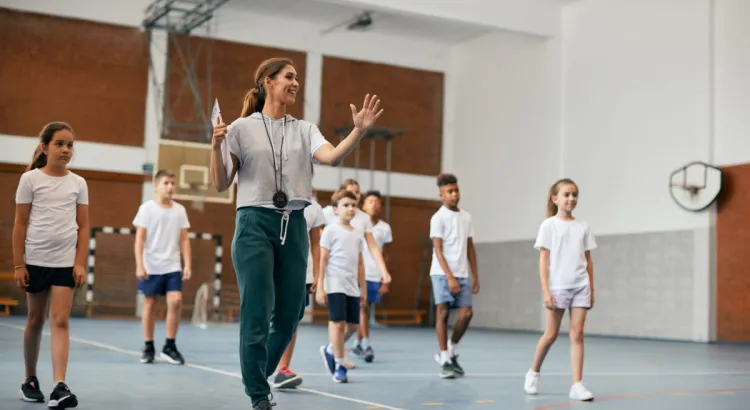Fitness tests are conducted for different levels of students for the measurement of their health, ability and fitness. This is done by the Kind of Fitness Test for K-12 students. These involve different tests with different exercises for various purposes. Some of the tests, their history and exercises are discussed so get all the information from here.
Kind of Fitness Test for K-12 Students
The fitness of the students is measured on various parameters. Some Kind of Fitness Test for K-12 Students are following;
Fitnessgram Pacer Test
Pacer test stands for Progressive Aerobic Cardiovascular Endurance Run. It is a test of physical fitness that started in 1977 and it measures the aerobic capacity of a student. Generally, this test is used by sports teams and young students who want to learn Pacer and they aim to get an advantage from Pacer.
Pacer is a multi-stage game and at each stage, the difficulty level also increases. During this test, the participant has to run and cover a distance of 20 meters. The student can run as many times as they can in back-and-forth directions at a specific time. The levels become more difficult after a stage. Student age, gender and laps are the basis of the test. Young students take it as fun and enjoy it that’s why this test is more effective for them.

Connecticut Physical Fitness Test
Connecticut Physical Fitness Assessment (CPFA) is a general and basic physical test that is conducted for all students even the juniors of up to grade 4 are also tested. It’s a yearly test that measures the fitness of students in these four areas;
- Flexibility Test: The sit and Reach method is used for measuring Flexibility.
- Endurance Test: It is measured by the partial curl-ups.
- Upper Body Strength: Right-angled push-ups measure the strength of the Upper Body.
- Cardiorespiratory Fitness: It is measured by the walk/run of a mile.
The participant’s BMI (Body Mass Index) is also calculated. Check Hillsborough County Schools Calendar.
Presidential Youth Fitness Test
It was started in the 1950s and replaced the Presidential Youth Fitness Program. It is a comprehensive of physical activities and evaluates fitness by using the survey of National School Population Fitness Survey of 1985.
The test involves these tests of fitness that are push-ups as far as possible without rest, sit-ups for 1 minute, shuttle run for 30 minutes, pull-ups and flexed arm hang as far as possible, V-seat reach, and running for 1 mile. You can also get some ideas about Simple Services Project for School.
Presidents Challenge
The fitness test was started in 1996 by Lyndon B. Johnson and it’s a program of America. This test is started for the Americans so that they stay active and add “it as an active part of their everyday life”. By this, they become active and fit physically. Later on, it is used as a fitness test for young students.
Initially, these program contained pull-ups, sit-ups, shuttle run, football throw, 600-yard run, 50-yard dash and standing board jumps. Later on, many changes were made and now this test focuses on health, fitness and physical activities. It includes push-ups, pull-ups, and sprints and measures the body mass and fats.
The NHANES National Youth Fitness Survey
The National Youth Fitness Survey (NNYFS) of NHANES was started in 2012 for the children. So the physical health and fitness of the children are also maintained and this test is based on physical activities.
The National Youth Fitness tests require 60 or more minutes. These include aerobic, muscle-strengthening- strengthening and physical activities daily.
The best way to measure the health, fitness and ability of the student is a Fitness test. The Kind of Fitness Test for K-12 Students are conducted to measure the student’s abilities and health. It not only measures the student’s fitness but also proves best for those who want a career in sports. It is also the best way to motivate the students by involving the fitness test in physical education.